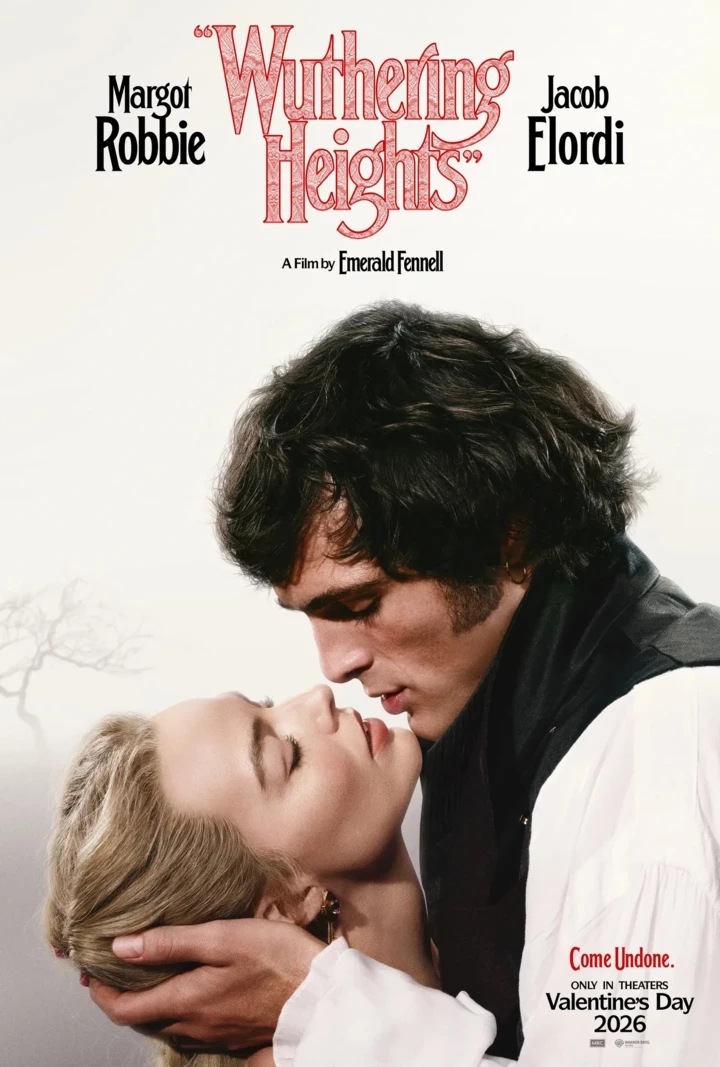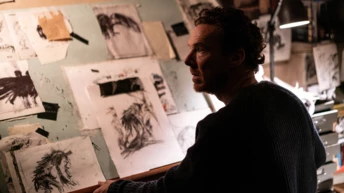
Save this storySave this storySave this storySave this story
Two months ago, the world lost a gruff and burly guitar player named Al Barile. He was sixty-three when he died, after a battle with cancer, and those who mourned him tended to mourn his ethos as much as his riffs, or maybe more. For a few years in the nineteen-eighties, he was the leader of a fearsome Boston band called Society System Decontrol, or SS Decontrol, or SSD, an initialism that could have belonged to some sort of paramilitary faction, which is what the band and its followers sometimes resembled: the cover of the group’s momentous début album, from 1982, “The Kids Will Have Their Say,” depicted a small mob of young people rushing the steps of the Massachusetts State House. The political message was cryptic, and intentionally so. SSD was loyal not to a specific ideology but to the genre of hardcore punk rock, although no one called it that. It was simply “hardcore,” shorthand for a strain of punk music that had been hardened, streamlined, Americanized, weaponized. A few years ago, Nancy Barile, Al’s wife, published a memoir, “I’m Not Holding Your Coat,” in which she remembered how “scary” Barile looked when she first saw a picture of him: “a huge, muscular guy with a shaved head.” And the group’s lead shouter, known as Springa, later recalled that Barile’s initial vision for the band had been fiercely negative. “It’s not going to be a groovy type of band, where people go out on the dance floor and shake their ass,” Barile had told him. “We’re making a statement here, it’s about anti-government, anti-society, anti-conformity, and breaking down the barriers between the band and the audience.”
Hardcore, like many self-consciously underground communities, spurned broader society by forming its own smaller one, which turned out to entail a fair amount of conformity, after all—those Boston hardcore kids on the State House steps were dressed pretty much the same, in jeans and dark jackets. The scene eagerly broke down some barriers while just as eagerly erecting others, drawing both power and intimacy from the fact that a select few people were in, and most people were out. (Barile, who wrote SSD’s lyrics, was also devoted to the anti-drug philosophy known as straight edge, though it’s possible that not all of his bandmates were so abstemious.) In the case of SSD, the tribe held furiously together for a few years, and then dissolved. Back then, nobody seemed to know what else a hardcore band was supposed to do, once it had established its ferocity. In 1984, SSD released “How We Rock,” which was less fast and less furious than what came before, and which received a decidedly mixed reception. (A review in Maximum Rocknroll, the influential punk fanzine, declared, “This is a short album, but looong.”) The next year, the band broke up and, according to Nancy, Barile made a trade that marked the end of an era: he sold his music gear and bought a Jet Ski.
I thought about Barile’s Jet Ski a few days ago, while watching a long-form video that accompanies “NEVER ENOUGH,” the new album by Turnstile, a band from Maryland that has found inventive ways to expand the legacy of hardcore. The video begins, as it happens, with Brendan Yates, the lead singer, riding a personal watercraft—not technically a Jet Ski, perhaps, but close enough that it might make some hardcore fans nervous. Turnstile could be the most popular hardcore band of all time, depending on how you define “popular,” or “hardcore.” The genre’s eighties pioneers never got near the pop charts, though a couple of bands with hardcore roots, the Beastie Boys and Rage Against the Machine, prospered far away from the scene. Turnstile still uses a musically specific URL, turnstilehardcore.com, and the new album is an impressive tribute to the genre: alternately misty and fiery, like someone having a fond dream about a hardcore album.
Yates grew up in suburban Maryland, and he has said that hardcore seemed “scary” to him when he first encountered it, around the dawn of the two-thousands. But with Turnstile he has created a friendly and easily accessible variant of the genre he loves. When I recently asked him if there was anything about his band that new listeners might find scary, he suggested that they might find “intensity” or “shared collective energy,” instead. “I guess the scariness has evolved over time,” he added. It should be said that “NEVER ENOUGH” includes not only extended ambient passages but a few songs that Barile might have described, disparagingly, as “groovy”: one, “DREAMING,” has a drum pattern based on the dembow rhythm of reggaetón; another, “LOOK OUT FOR ME,” cycles through fury and bliss before riding away on a beat that evokes the dance music of Baltimore, the band’s home base. But the album also contains “SUNSHOWER,” which has a fizzy riff reminiscent of Bad Brains, the frenetic band that more or less invented hardcore. When I asked the guitarist Meg Mills, Turnstile’s newest member, about the way the group’s fans are known to jump on and off the stage, her response sounded strikingly Barilean. “As much chaos as possible is the best possible scenario,” she told me. “Just having that energy to feed off, and feeling like the crowd is onstage with you, and the boundary between being onstage and being in the audience is completely dissolved.”
What’s startling about the classic SSD records—“The Kids Will Have Their Say” and also “Get It Away,” from 1983, which wedged seven songs into less than twelve minutes—is how rude and brutish they still sound. Nancy Barile’s memoir illustrates the toughness of SSD’s shows (she remembers how her husband “stomped the stage and marched on people’s heads”), and of the violent world the band inhabited. Turnstile, on the other hand, draws from some of the more positive-minded hardcore bands that emerged in the late eighties, embracing an earnestness that practically dares detractors to roll their eyes. (The phrase “never enough,” in the first track, is followed by the word “love,” and the album’s cover depicts a double rainbow in a pale-blue sky.) Unlike most of his hardcore predecessors, Yates has a knack for mournful melodies, and a voice that may remind some older listeners of Perry Farrell, from Jane’s Addiction. As a result, Turnstile has become something rare: a broadly popular rock band, with Grammy nominations and high-profile supporters such as James Hetfield and Charli XCX. “BLACKOUT,” from the band’s 2021 album, “GLOW ON,” has been streamed about fifty million times on Spotify.
On Thursday night, about nine thousand Turnstile fans gathered in Brooklyn, in the park beneath the Kosciuszko Bridge, to celebrate the new album. “NEVER ENOUGH” ends with a pair of melancholy songs about parting with a loved one; longtime listeners may well hear them as tributes to Brady Ebert, a founding guitarist, who split from the band in 2022, and was replaced by Mills. But the mood at the show was buoyant and welcoming. “Thank you to our longtime friends and our new friends,” Yates said, and then he introduced “I CARE,” which sounds a bit like the kind of new-wave music that hardcore bands once wanted to exterminate. “Let’s dance,” he told the crowd, leaving people to figure out for themselves whether that meant pushing and shoving, or something more peaceable. The concrete roadway overhead swallowed up the guitars, but Yates’s lyrics echoed off the pillars like soccer chants. For an encore, he brought out one of the band’s famous fans: Hayley Williams, from the punk-inspired pop band Paramore, who helped him sing a sprightly version of a disco-inspired new song called “SEEIN’ STARS”—a title that neatly evokes both the band’s concussive past and its more glamorous present. Hardcore was once known for its rigidity, but it has turned out to be an extraordinarily flexible genre, capable of surviving just about anything—even, perhaps, popularity. ♦
Sourse: newyorker.com







